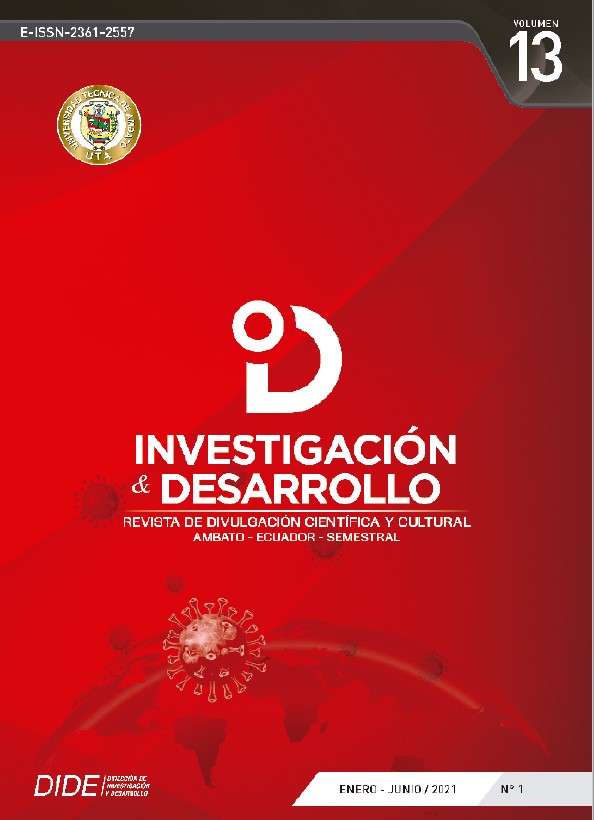THE SCOPE OF DIAGNOSIS IN SARS-COV-2 INFECTION
Main Article Content
Abstract
Science and technology are everywhere in today society. Many of the stories we are told in the present contain elements of a technical or scientific nature. That is why there are several factors that explain why in recent years the frequency of the irruption of new infectious agents among the human population has multiplied. These include the current SARS-CoV-2 pandemic. In light of the rapid and unexpected spread of SARS-CoV-2, numerous offers have emerged in the laboratory diagnostic context, and although it is now sufficiently defined that a positive molecular test is used to let people know that they have RNA of the virus and are therefore, considered infected and infectious, indirect tests for antibodies are now used under the assumption that by testing positive for the presence of antibodies to COVID-19 a person has previously been infected and, that if they have recovered from symptoms, they are now immune. Serological antibody tests were not routinely used to diagnose infections with respiratory viruses such as influenza virus, parainfluenza virus, respiratory syncytial virus, adenovirus, or metaneumovirus, nor were they routinely used for diagnosis during the global epidemics of severe acute respiratory syndrome [SARS], Middle East Respiratory Syndrome [MERS], and H1N1 influenza. However, due to the COVID-19 pandemic, which has led to the consumption of diagnostic kits for nucleic acid detection, the availability of laboratory infrastructure and equipment in certain geographic areas, the possibility of using serology as an alternative to direct virus testing has been considered, and the question arises: How useful can serological tests be?
Downloads
Article Details

This work is licensed under a Creative Commons Attribution 4.0 International License.


